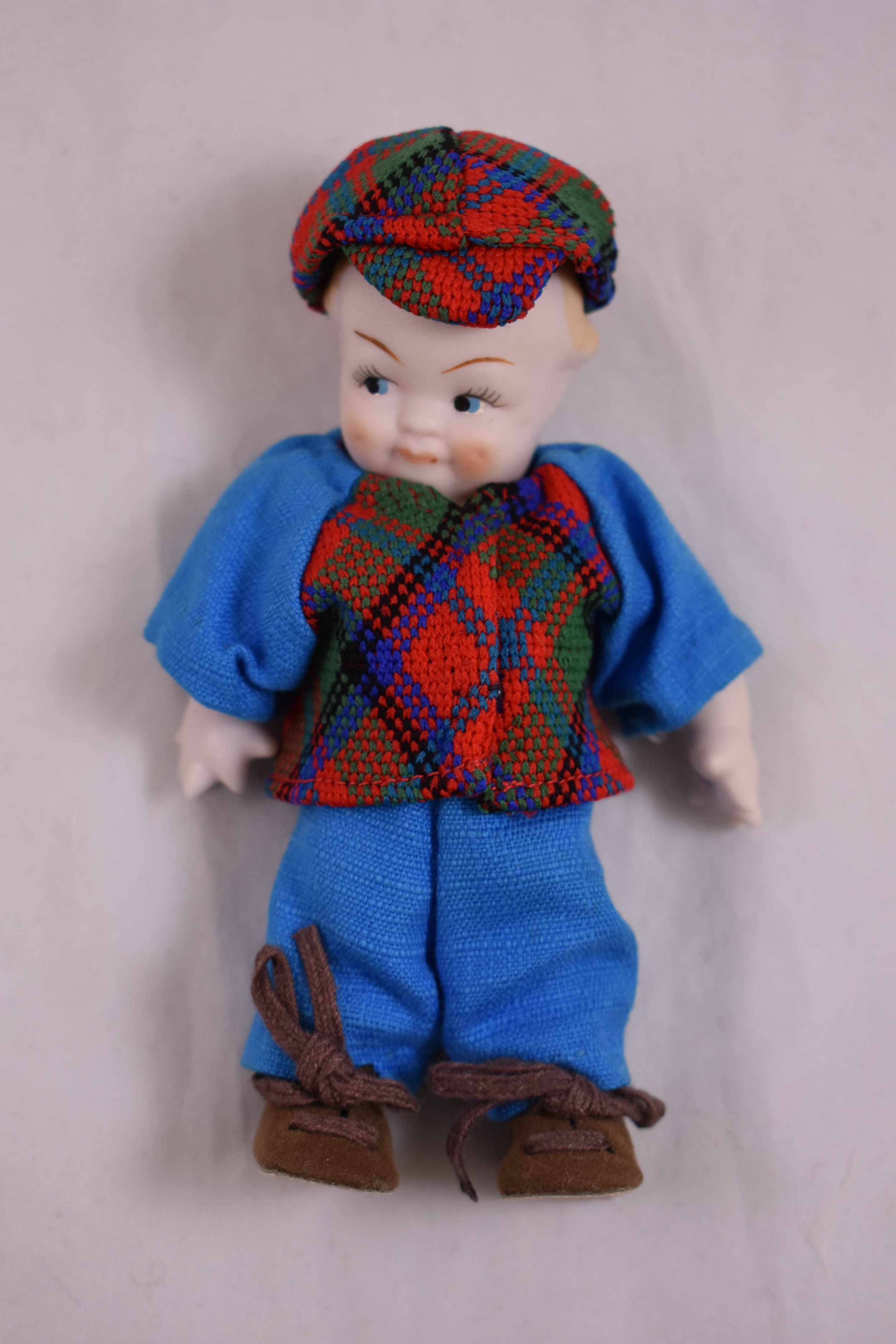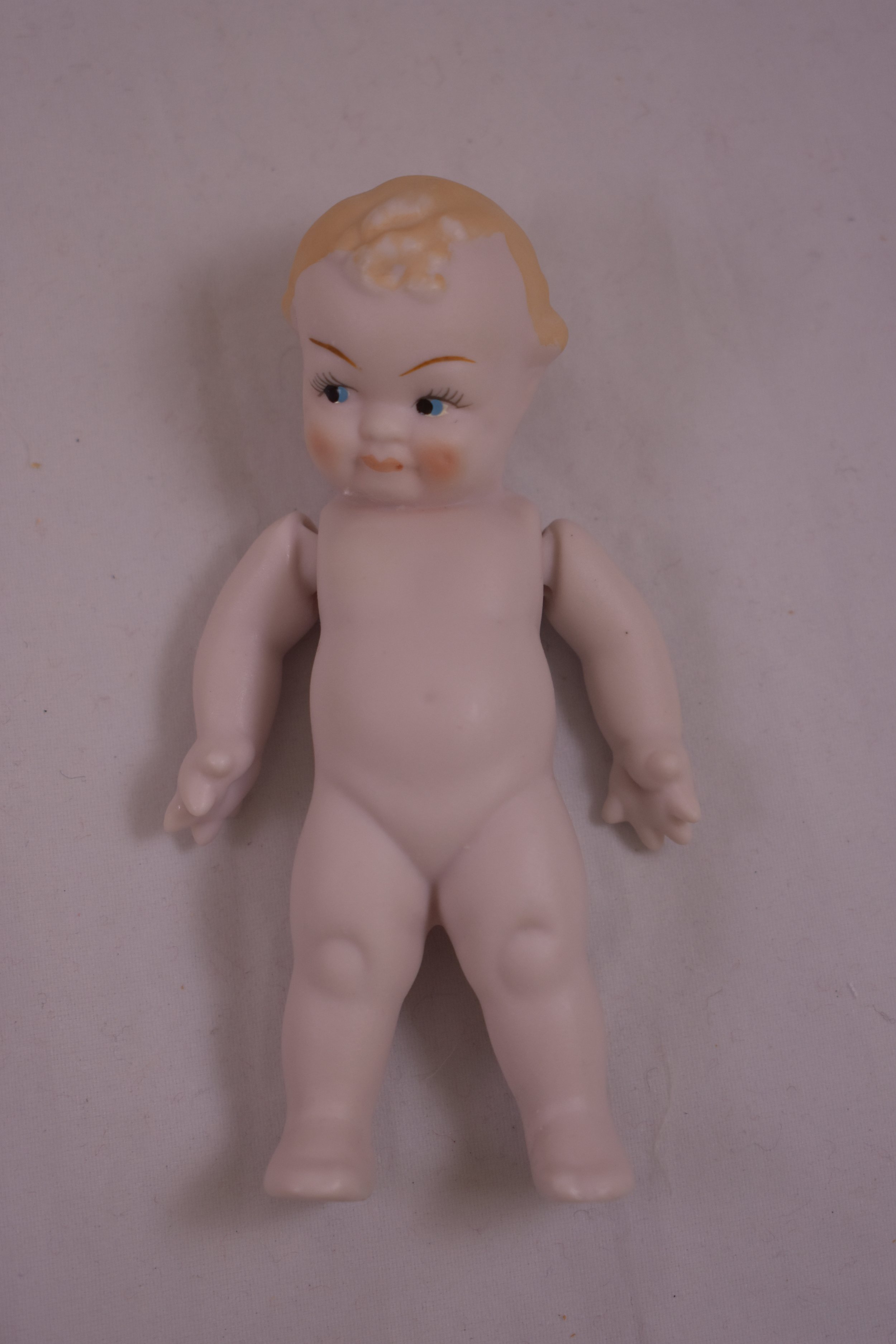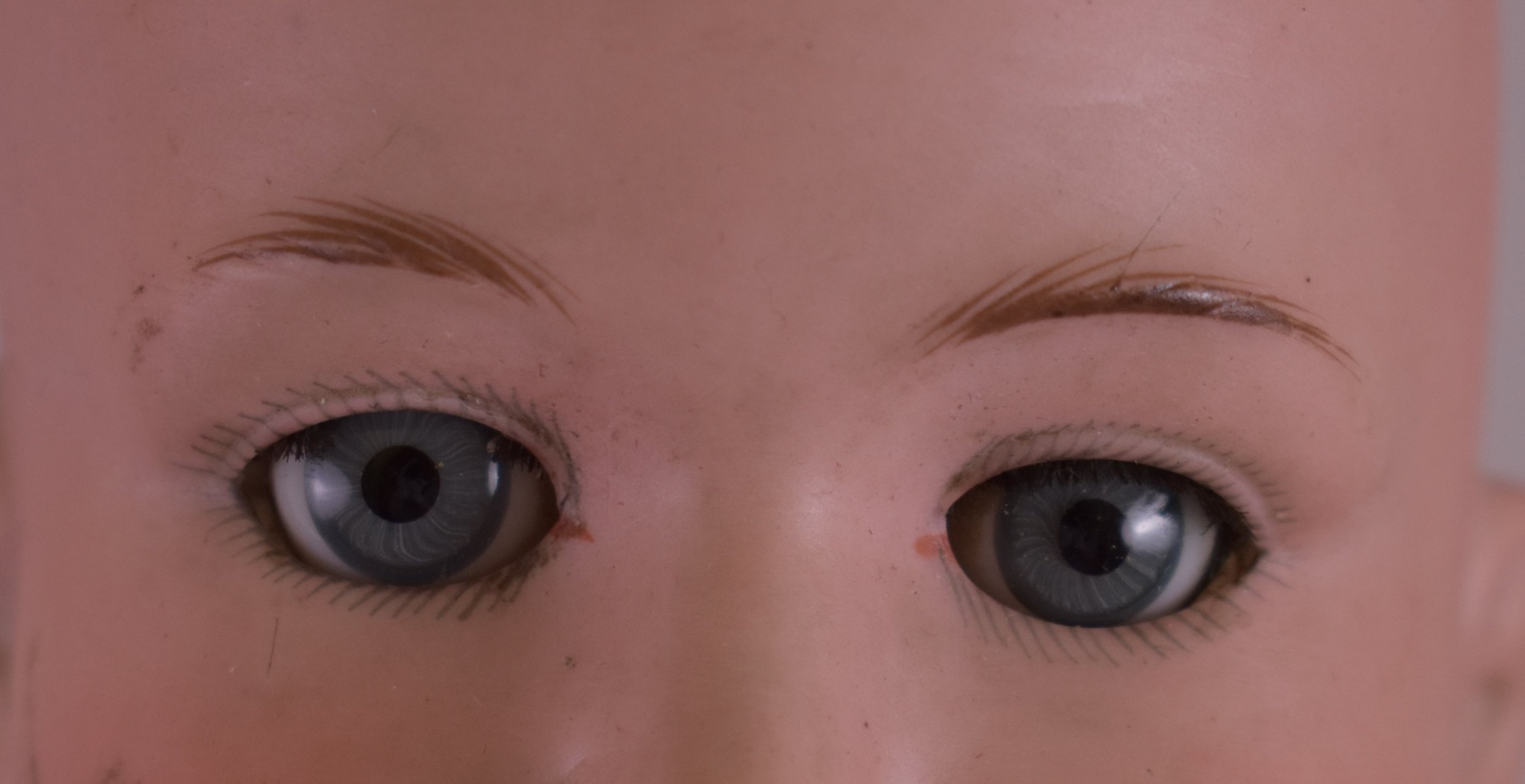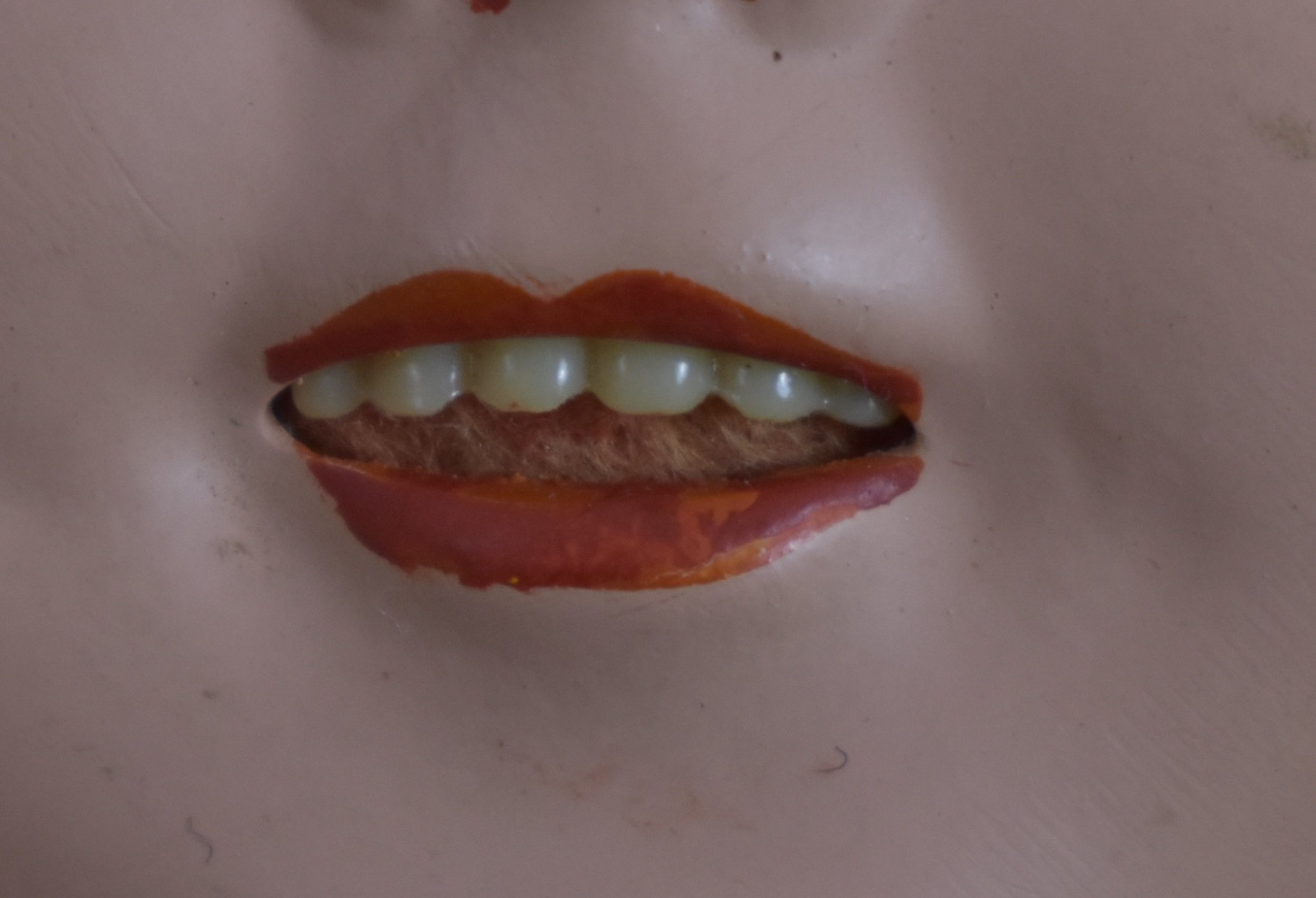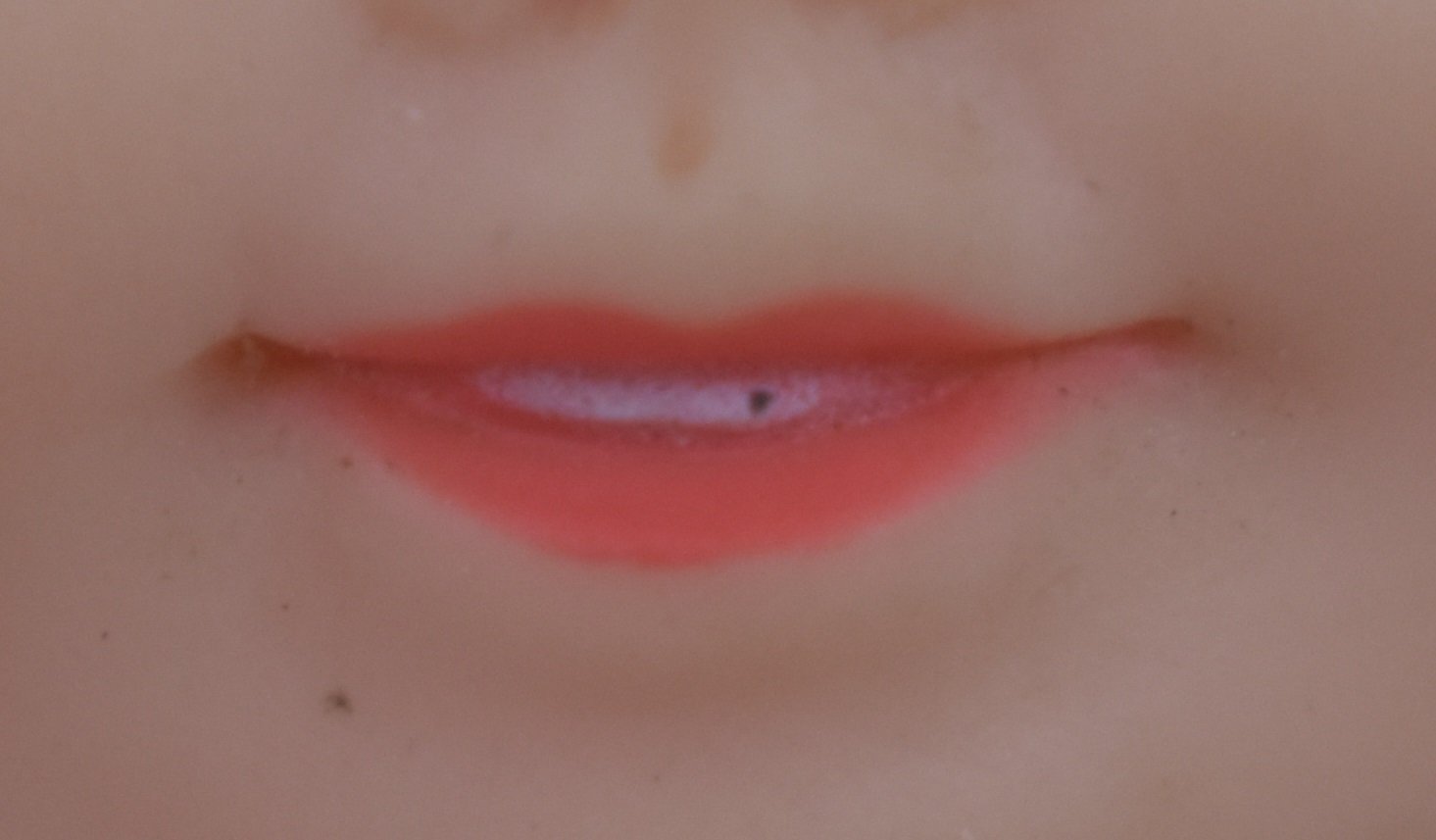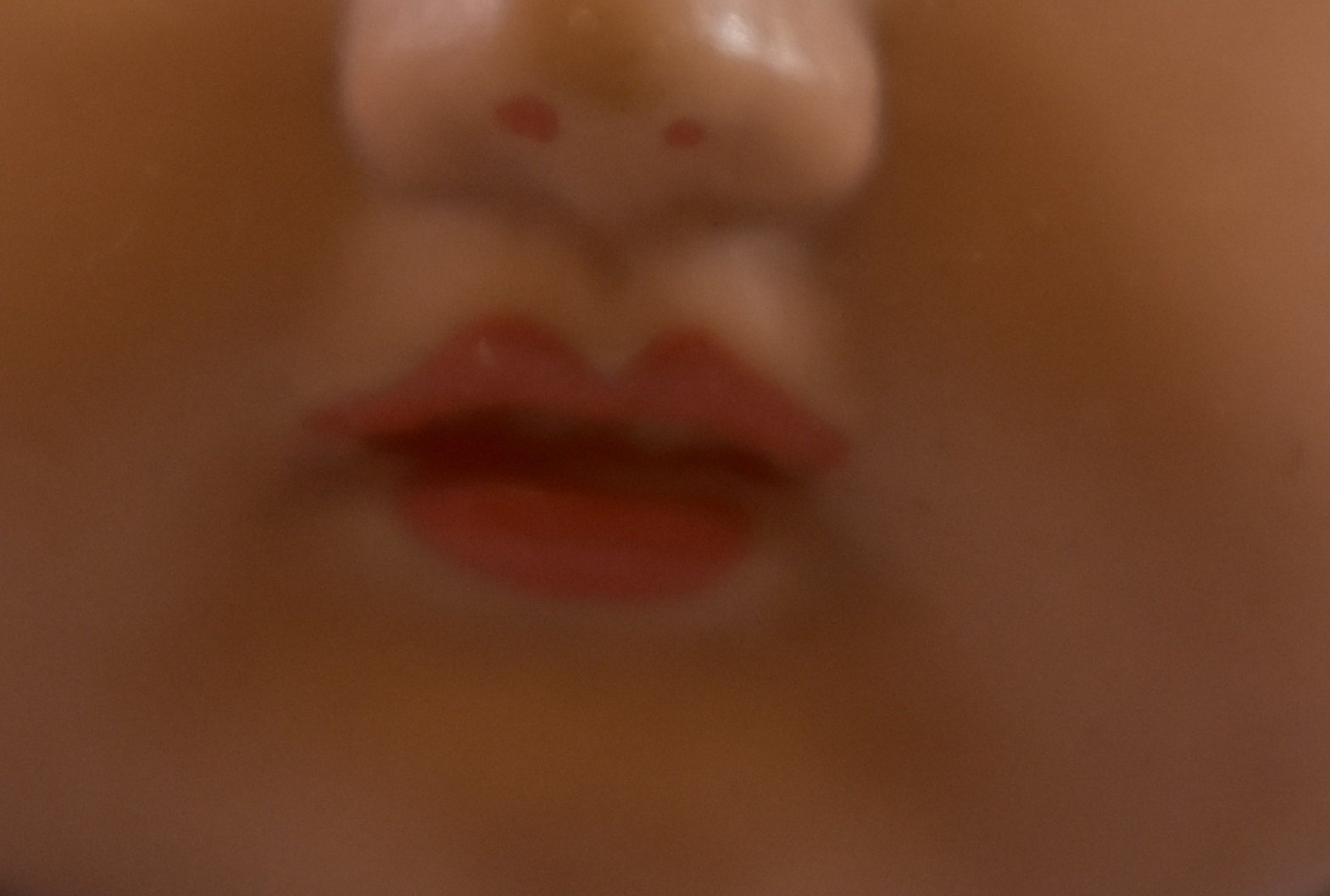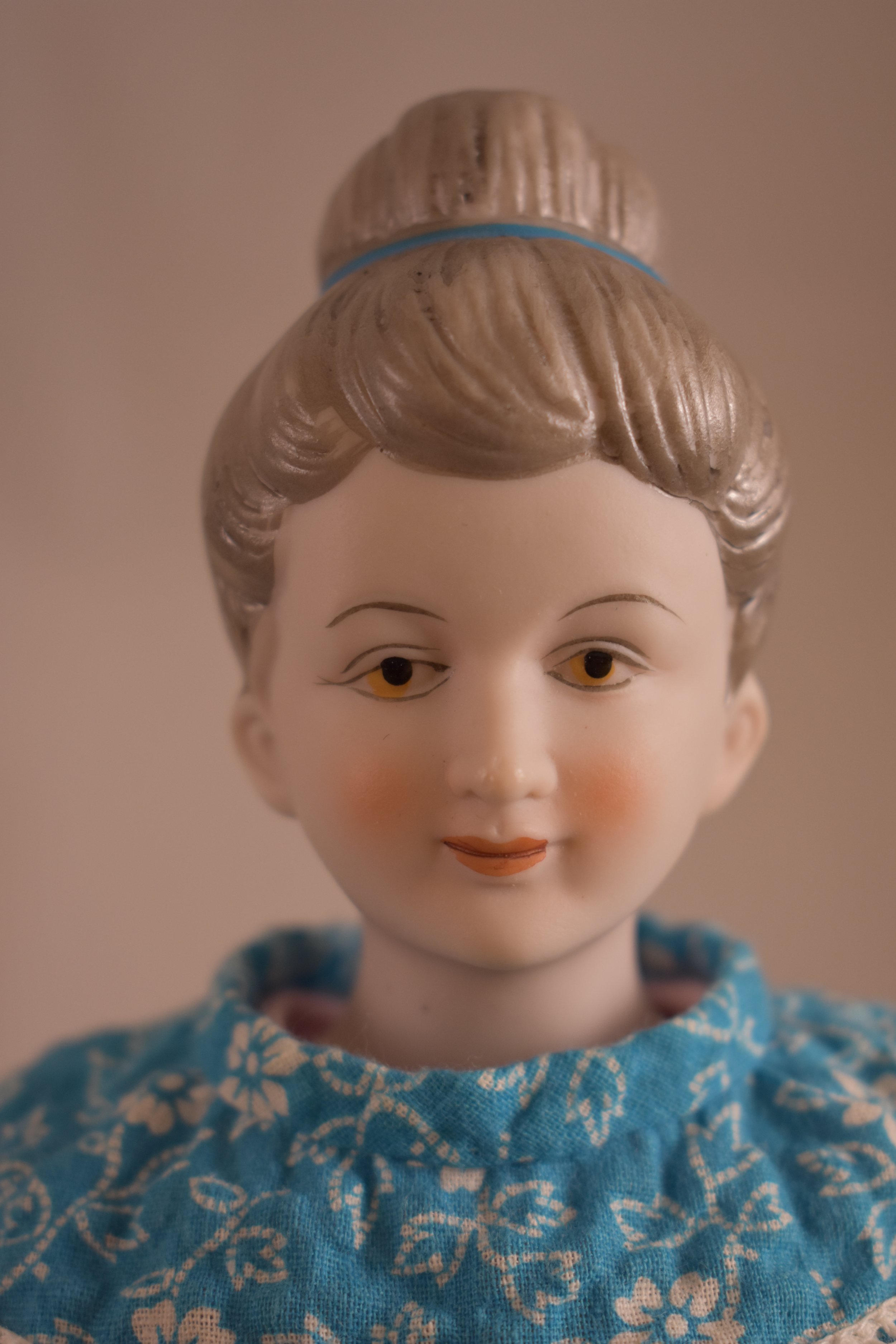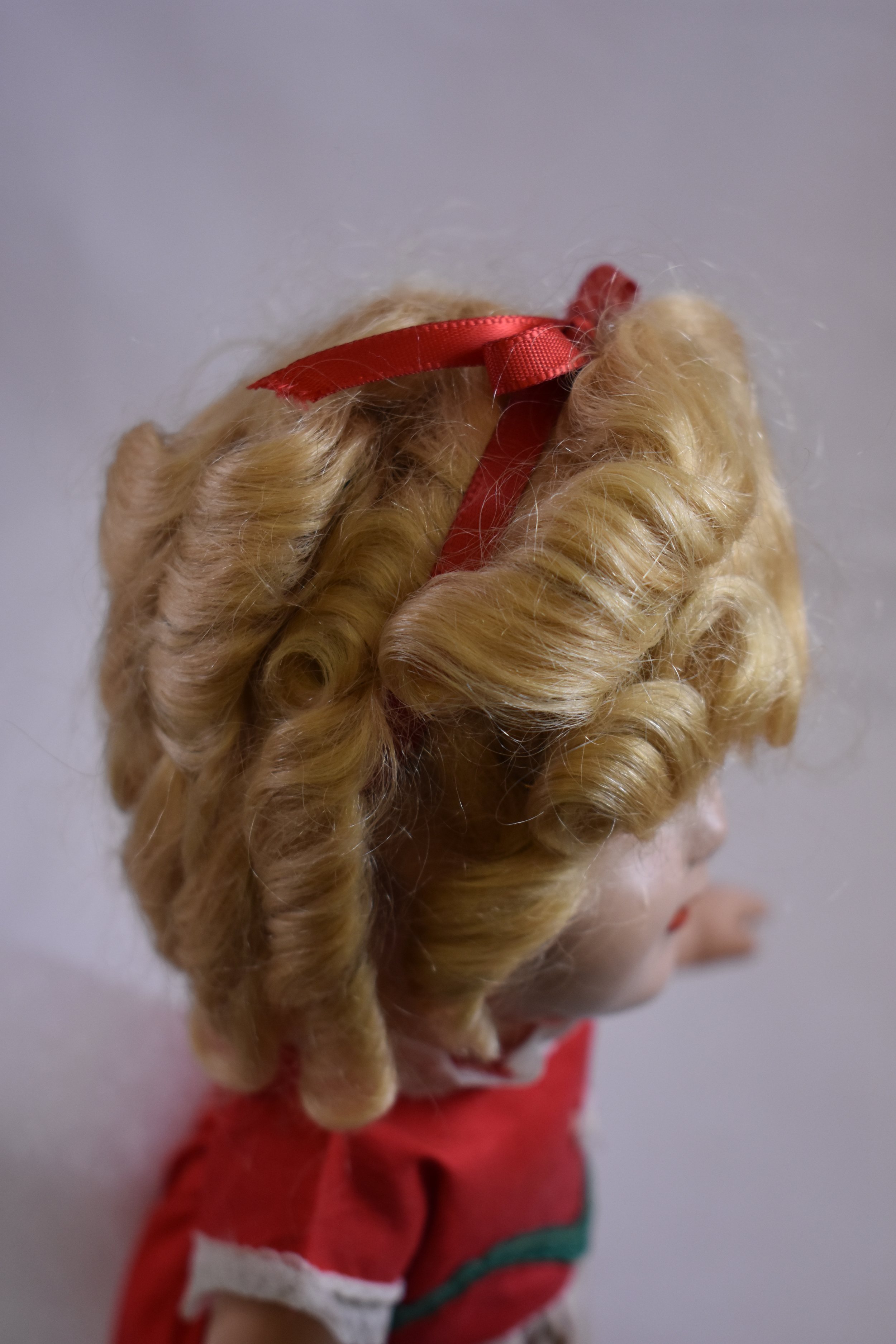The Uncanny Valley
Doll Components
Sugar and spice and everything nice goes for little girls, but dolls are made from all kinds of different materials, depending on the era they came from. Wood, leather, papier mache, cloth and composition are found in older dolls, as are china and wax. As plastic developed, dolls were increasingly made from these. Vinyl, rubber, hard and pliable plastics are all found in more recent dolls. Dolls were also made from materials at hand, ever since children began playing with them, and included corn husks, dried apples, clothes pegs, sticks and clay.
Ancient Greek clay doll, circa 490 BC. Source: Wikicommons
Mexican corn husk dolls, portraying Tehuan and Ejutla women. Source: Wikcommons
Apples were dried and used as heads by native North Americans. Source: Wikicommons
Traditional Northern Russian wooden dolls Source: Wikicommons
Materials
Ceramic Dolls
Dolls have been manufactured in ceramics for hundreds of years, with the materials going by a variety of different names. Porcelain is shiny, white, fired clay. It may, or may not, be glazed. Bisque is unglazed china that is less shiny. Parian is a type of porcelain that was named for the Greek island of Paros, where marble was mined, and looks very similar to bisque. It was considered to be a more lifelike texture for a doll’s face.
Doll with porcelain head and limbs.
This mischievous little boy is made entirely of bisque
This mischievous little boy is made entirely of bisque
A less cheerful doll has a bisque head with composition arms and a cloth stuffed body.
Wood Based Materials
Wooden dolls can be made by carving, lathe turning, and by mixing various materials to create composition. Composition dolls were generally less expensive than china dolls, but were quite durable. They could be mold made, and had painted faces and bodies. Water and humidity affect these dolls adversely, causing the composition material to expand and contract, and the surface paint to crack. Doll manufacturers kept their specific recipes for composition a secret. Early mixes, from Japan, included glue, glycerin, zinc oxide, and wax. Later innovations used sawdust, or “wood flour,” with glue in a method known as hot pressing.
Papier mache dolls could also be made in molds, and was another inexpensive material to manufacture doll parts from. Like composition, it was durable, usually painted, and sensitive to moisture.
These are composition dolls, one with a bisque head. The close up photographs shows where the material on the fingers of one, and toes of the other, are worn.
Other Doll materials
Here are some examples of dolls made from other materials.
This little baby doll has “magic skin”, a soft vinyl that is stuffed with batting.
Cloth, stuffed body with composition arms and legs.
Dated to circa 1870, this doll has poured wax head and shoulders and lower limbs. Her body is firmly stuffed fabric, and she has real hair impressed into the scalp. The lower limbs are attached to the upper limbs by double strings that run through grommets on the wax parts.
As seen earlier, a bisque boy.
Another example of "magic skin."
The magic skin hand in context on the doll itself. The head is composition.
Arms and Legs
There are many variations on the ways that doll arms and legs can be moved and attached. The first articulated dolls date to 200 BCE. Dolls can have limbs that move at the hips and shoulders only. Others have wire inserted into the centers of arms or legs to allow bending. In the 1900s, doll makers began making ball and socket joints, that are just what they sound like. One end of a limb has a ball shape that pops into a socket. It allows the joint to rotate in all directions. The Japanese were the first to augment this construction by stringing the pieces together with ligatures.
Leather dolls can be made with a gusset at the elbow or knee, that allows a small amount of movement. Some doll joints are hinged. There are also dolls with spring hinges that can hold any pose.
Metal hinged leg on a walking doll.
Socket knee joint with elastic ligature
Composite hand attached to a cloth arm
Another type of leg joint from a doll brought from Scotland to Vancouver. It belonged to Annie Longridge, born in 1908. The doll was passed down the generations.
Hinged leather joints. The same doll has composition arms, attached by elastic ligatures.
Leg joint
Hinged leather joint
Hinged leather joint
Cloth body attached to arms and legs
Cloth body attached to arms and legs. The arms have an inserted wire to allow for posing.
What a Doll Face
Doll faces have run the gamut from rudimentary carved features, to buttons and embroidered, to molded and painted, to fairly realistic. Bisque dolls were considered to have fairy realistic complexions, once painted, and wax, or wax coated doll faces, had an eerie glow to them. Antique dolls quite often had molded faces, which were painted in life-like colours, and which may or may not have incorporated separate eyes. These eyes could be glass, plastic, intaglio, and might or might not have pupils. Sleep eyes were particularly sought after. These are eyes that are rigged with a small weighted mechanism in the head that, when the doll is tilted, causes the eyeball to shift in the doll’s head, resulting in closed eyes.
Some doll makers were known for the facial expressions their sculptors achieved and certain molds became more popular than others, such as the Armand Marseilles molds, 370 and 390, which are found more frequently than others.
Doll heads and faces were often the best quality part of a doll as they were often mass produced and then sold to doll makers who attached them to a variety of body styles.
Below are three different mechanisms that operate sleep eyes.
The images below show open and shut sleep eyes, painted eyes and static embedded eyes. Note the variety of eyelashes and eyebrows. Click on the images for the full picture.
Click on the doll mouths below to see a wide range of treatments and quality.
Dainty Doll Coiffures
Anything lank and stringy has probably, at some point, been used as the hair of a doll. Some of the most commonly used fibres are various types of wool (particularly mohair), silk, flax, and of course, human hair. The hair was attached to the scalps by different methods, depending on the fibre used for hair. Real hair was almost always woven into a cap that was then glued to the scalp. Other dolls had rooted hair, meaning that one end of each hair strand, or a clump of strands, is pushed into the doll’s head. Less fancy dolls may have only painted-on or molded hair. Today, most popular dolls have synthetic hair, usually rooted.
On dolls with china heads and molded hair it is possible to date dolls based on their hairstyles. Because they are molded, their hair styles can never be changed by accident or intent.
Circa, 1930's
Circa, 1920's
Circa mid 1800s
circa 1870s
Circa 1840s
That synthetic "wind blown" look.
Reliable ringlets.
Molded and painted hair.
Rooted, synthetic hair.
Synthetic curls.
Tag stating that this wig is genuine human hair.
Hair rooted in wax scalp.
Elaborate coiffure, front view.
Elaborate coiffure, back view.
Poorly painted hair.






